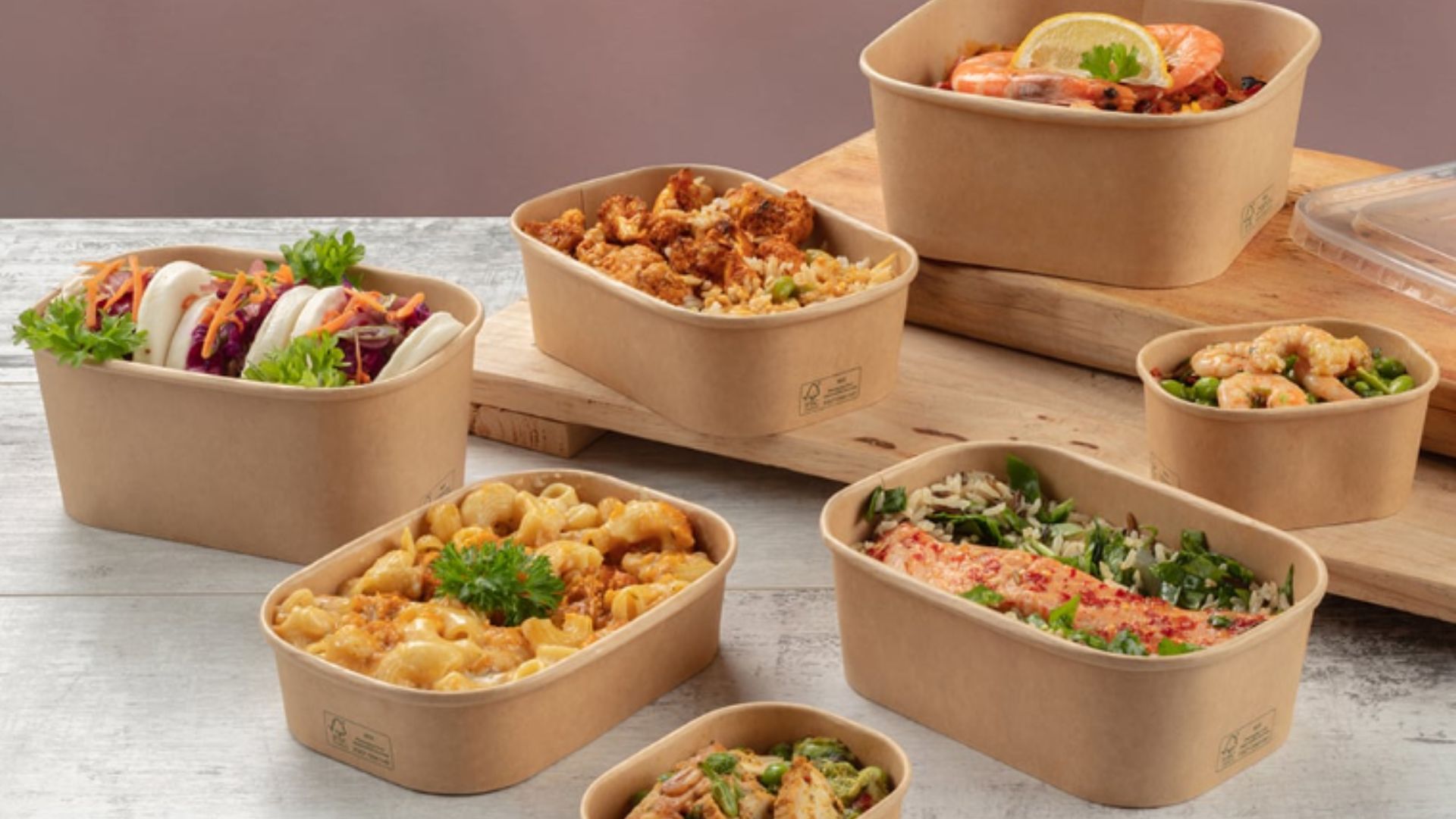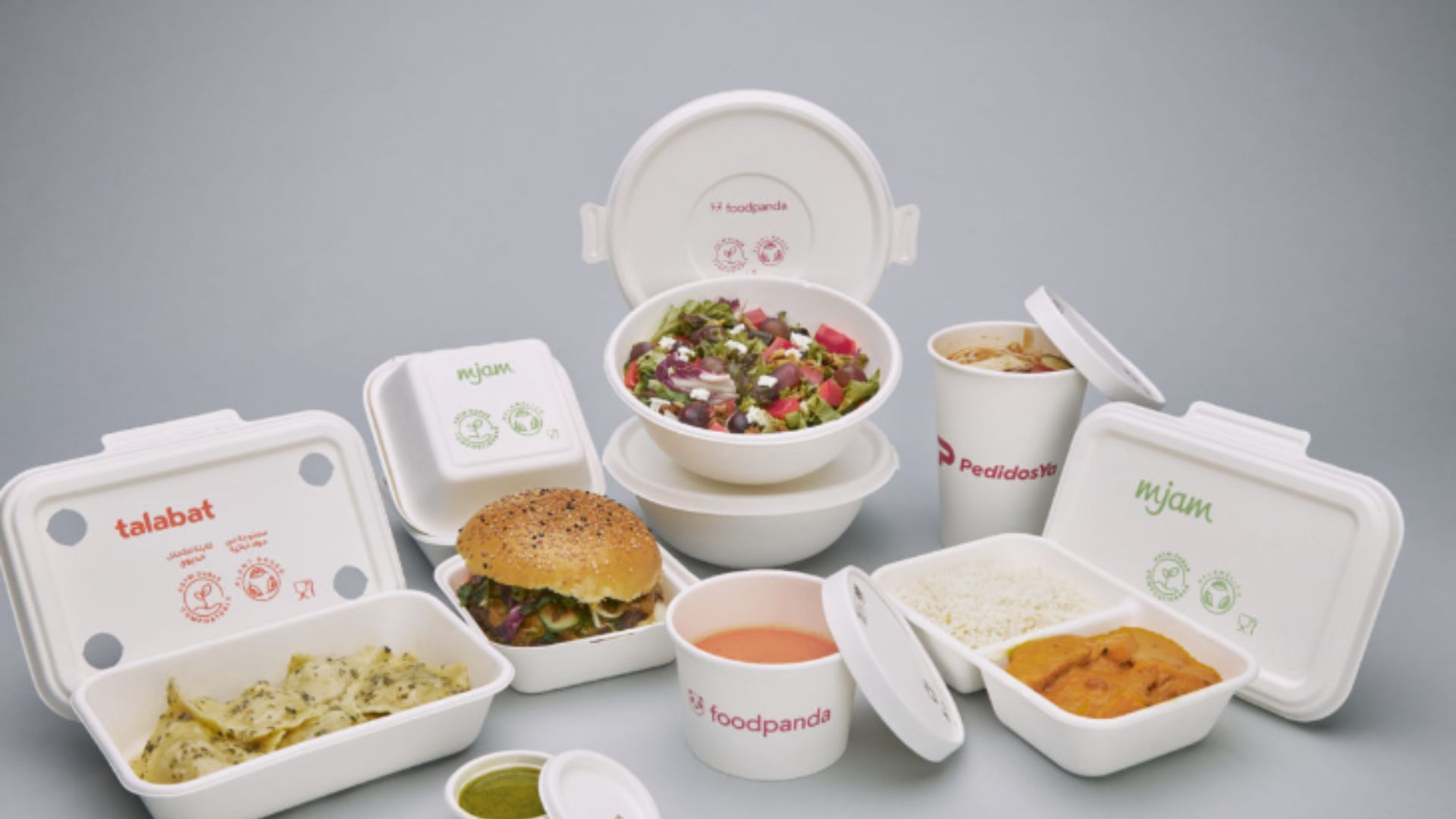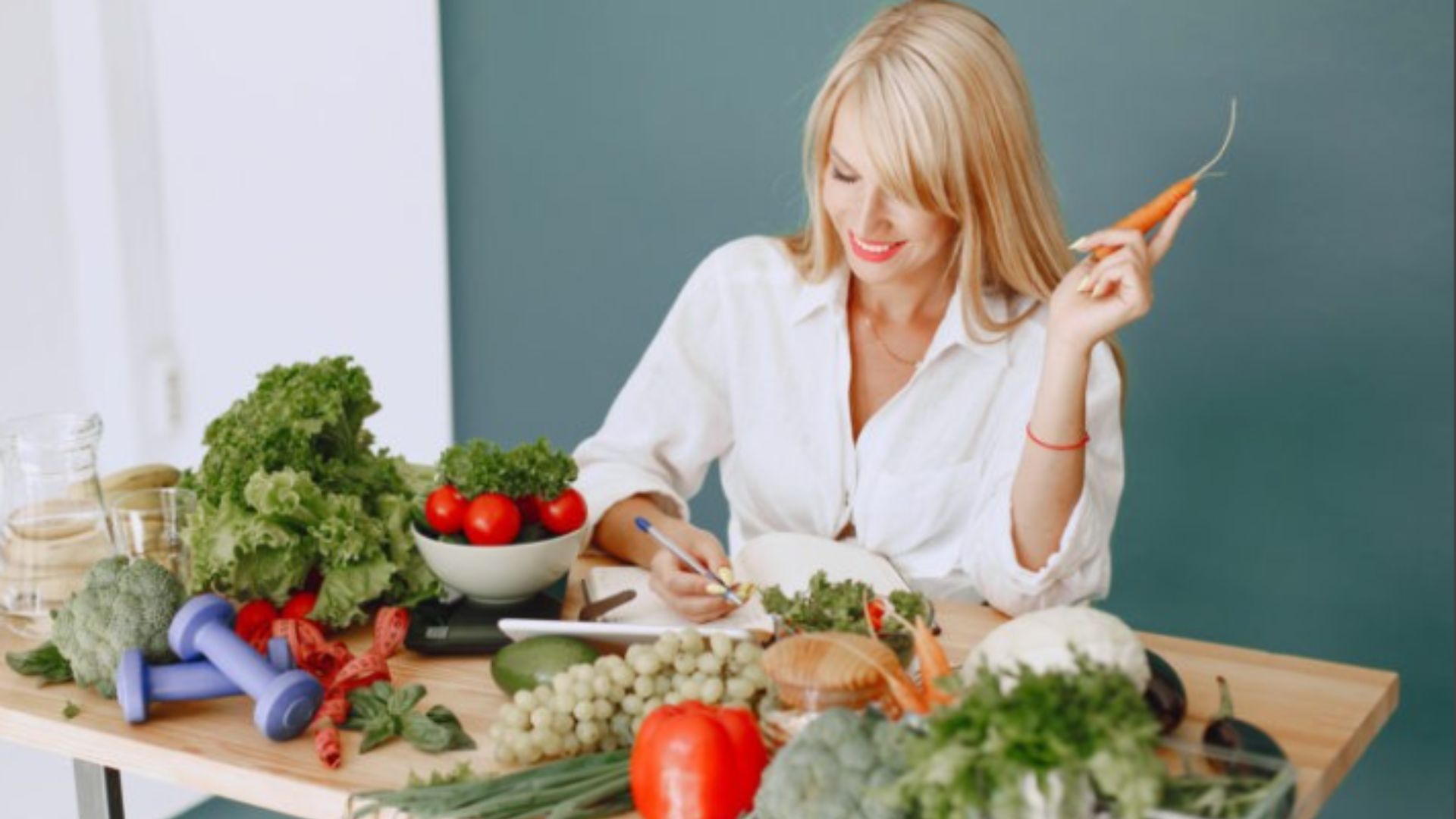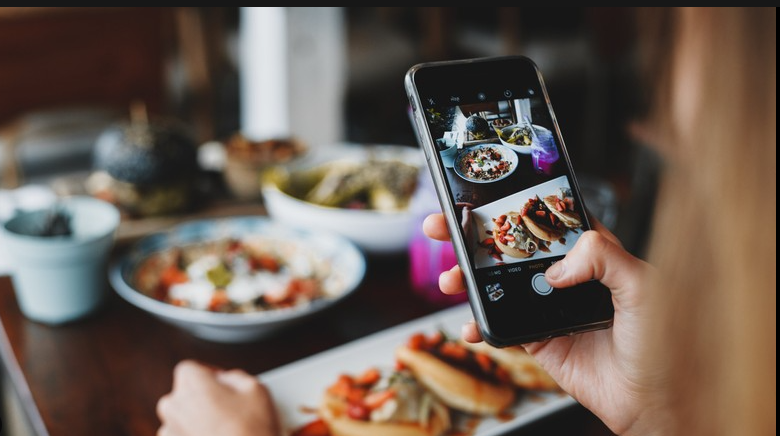Our current food packaging system faces a significant challenge: balancing convenience and affordability with environmental responsibility. The vast amount of waste generated by traditional packaging materials poses a serious threat to our planet. However, the future of food packaging is bright, with innovative sustainable solutions emerging at a rapid pace. This blog post explores these solutions and how they can create a more eco-friendly food system.

The Problem with Traditional Food Packaging
Most conventional food packaging is made from non-renewable materials like plastic, aluminum, and paper derived from virgin wood pulp. These materials often have a significant environmental footprint:
Resource Depletion
Manufacturing traditional packaging consumes vast quantities of resources, including water, energy, and raw materials.This excessive resource consumption puts a strain on our planet’s finite resources. Forests are clear-cut to produce paper pulp for packaging, leading to deforestation and habitat loss. The extraction of fossil fuels for plastic production contributes to greenhouse gas emissions and climate change. The mining of materials like aluminum for food containers also disrupts ecosystems and creates air and water pollution. Furthermore, the constant demand for new resources to create traditional packaging is unsustainable in the long run. By finding alternative packaging solutions, we can reduce our reliance on these precious resources and create a more sustainable future.
Pollution
Plastic waste is a major contributor to global pollution, polluting our oceans, landfills, and ecosystems.
Limited Biodegradability
Traditional packaging materials often take hundreds of years to decompose in landfills, creating a long-lasting waste burden.
The need for a more sustainable approach to food packaging is undeniable.
Sustainable Packaging Innovations
The food industry is actively exploring and implementing innovative sustainable packaging solutions. Here are some promising approaches:
Recycled Materials
Increasing the use of recycled content in packaging reduces the need for virgin materials and minimizes environmental impact. Many companies are incorporating post-consumer recycled plastic, cardboard, and paper into their packaging designs.
Compostable Packaging
Compostable materials made from plant-based starches, cellulose, or polylactic acid (PLA) offer a more sustainable alternative to traditional plastics. These materials can biodegrade in commercial composting facilities, returning valuable nutrients to the soil.
Edible Coatings
Edible coatings made from natural substances like waxes, oils, and plant extracts can replace plastic film wraps on fruits, vegetables, and other food items. These coatings offer protection while being completely safe for consumption.
Minimalist Packaging
Companies are exploring ways to minimize the amount of packaging used without compromising food safety or quality. Furthermore, this can involve redesigning packaging to be more compact or using lighter-weight materials.
These innovations offer a glimpse into a future where food packaging is not only functional but also environmentally responsible.
Transitioning to a fully sustainable food packaging system presents some challenges:
Sustainable Packaging Challenges & Opportunities
Cost Considerations
Sustainable packaging materials can sometimes be more expensive than traditional options. However, as these technologies mature and production scales up, the cost is expected to decrease.
Consumer Awareness
Moreover, raising consumer awareness about sustainable packaging options and their benefits is crucial for widespread adoption. Also, educating consumers about proper recycling and composting practices is also essential.
Collaboration is Key
In addition, effective solutions require collaboration between packaging manufacturers, food producers, retailers, and consumers. Also, joint efforts can create a more sustainable food wrapping ecosystem.
Despite these challenges, the potential benefits of sustainable packaging outweigh the drawbacks.
Conclusion
The future of food packaging is undeniably sustainable. Therefore, by embracing innovative materials, minimizing waste, and fostering collaboration, we can create a food system that prioritizes both convenience and environmental responsibility. Consumers can play a vital role by supporting companies using sustainable packaging and making informed choices at the grocery store. However, the transition might not happen overnight, but with continued innovation and collective action, we can achieve a future where food packaging contributes to a healthier planet for generations to come.










